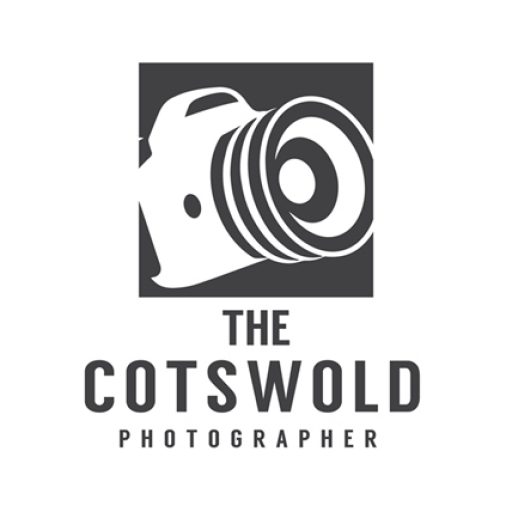How to Travel Safely In the Philippines
Is it safe to travel in the Philippines? As many of you will know I have been living in the Philippines for about 3 years now. I first visited these beautiful islands in 2006, attracted by the natural beauty and friendly reputation of the people here. With the fairly recent election of President Duterte … Continue reading










